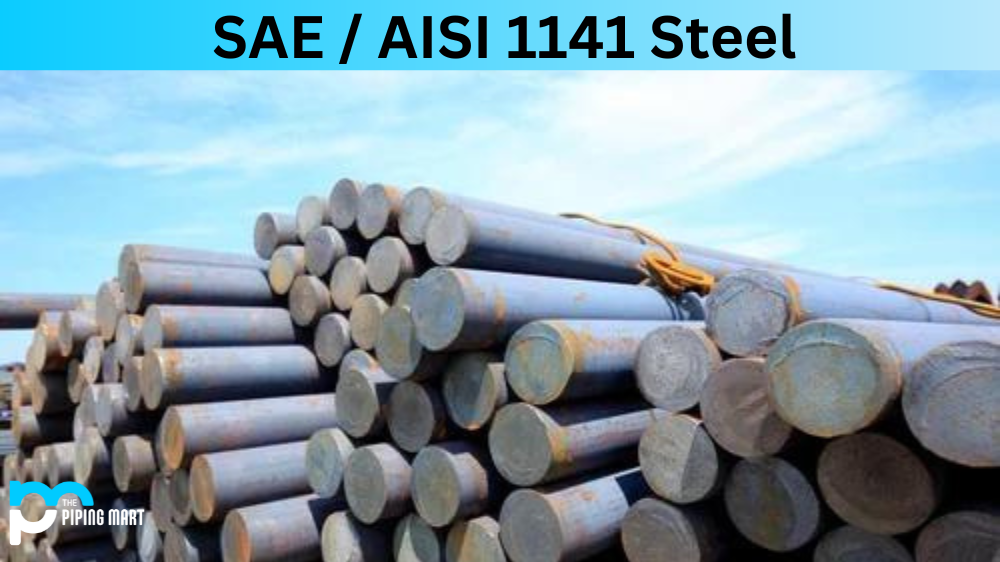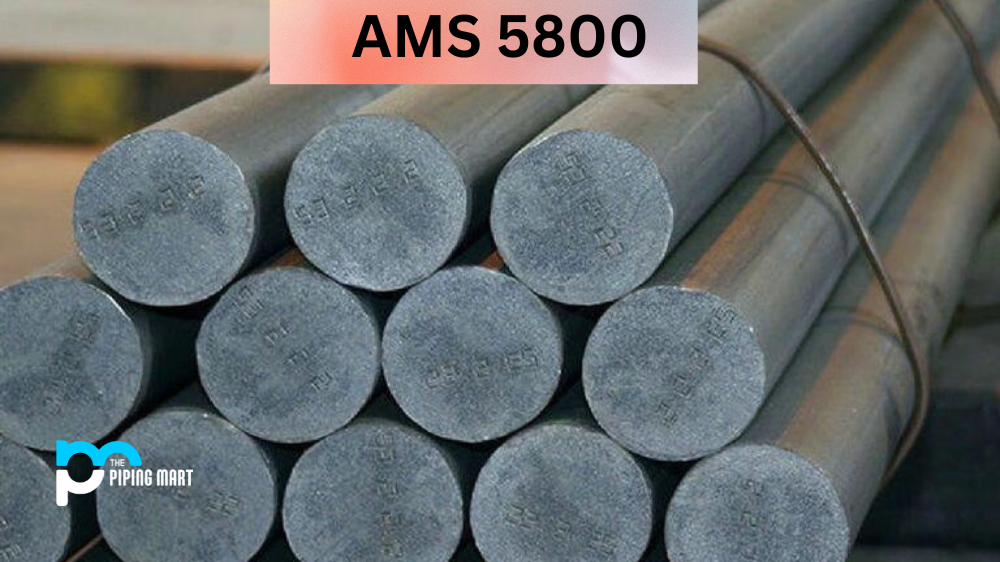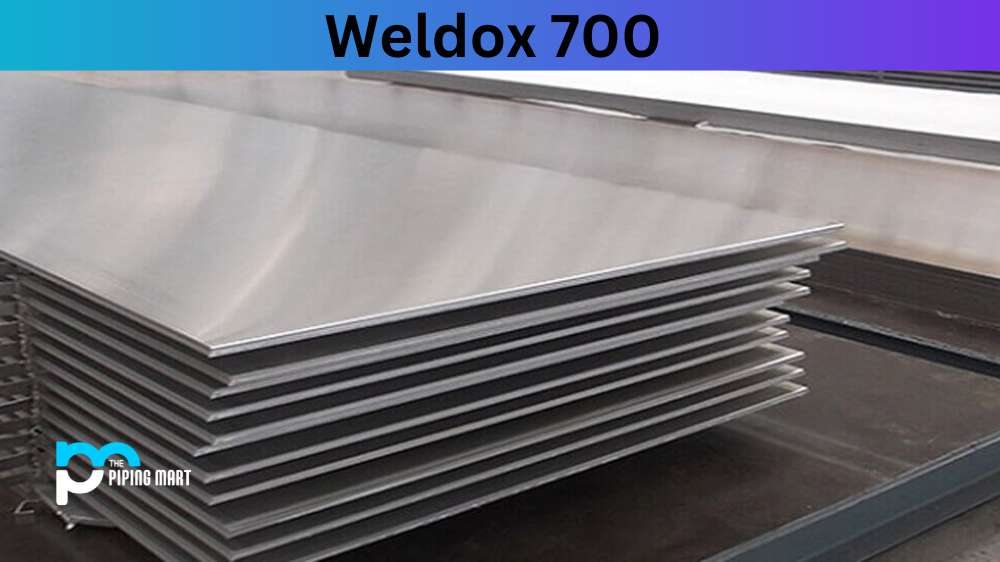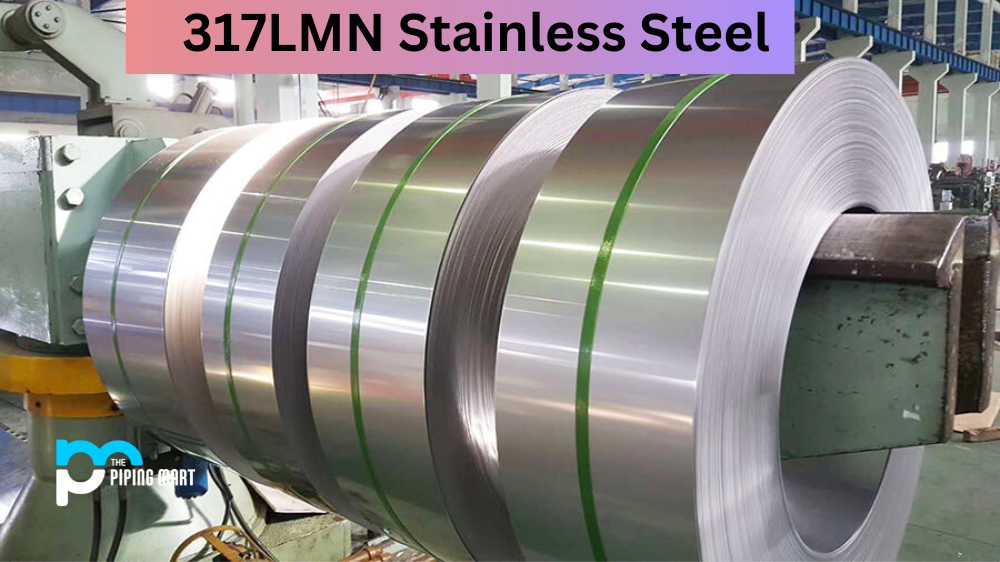SAE 1141 steel, a desulfurized high-strength, low-alloy steel, boasts a chemical composition featuring manganese, sulfur, silicon, and carbon. This combination yields steel with commendable mechanical properties and machinability. UNS G11410 steel offers good wear and corrosion resistance, making SAE/AISI 1141 Carbon Steel (UNS G11410) a versatile and valuable material. Renowned for its impressive properties, it finds applications demanding high strength and excellent machinability. The chemical composition of AISI 1141 and SAE 1141 reveals substantial amounts of carbon, manganese, and sulfur alongside trace elements. These components synergize, producing a robust and enduring steel, making it an ideal choice for many uses. SAE 1141 carbon steel’s notable properties, including toughness and fatigue strength, contribute to its popularity as a reliable and enduring materials solution. Whether utilized in heavy-duty machinery, automotive parts, or various components, UNS G40320 Steel is an excellent choice to meet diverse needs.
What Forms of AISI 1141 is Available at Piping Mart?
- Nut
- Bar
- Bolt
- Pipe
- Screw
- Tubing
- Valves
- Washers
- Flanges
- Fasteners
- Electrodes
- Stud Bolts
- Sheet Plates
- Pipe Fittings
- Forged Fitting
- Instrumentation Fittings
AISI 1141 Composition
AISI 1141 stands out as a high-strength, low-alloy carbon steel characterized by its Manganese, Sulfur, Silicon, and Carbon composition. This combination yields a robust material boasting outstanding mechanical properties, along with impressive resistance to wear and corrosion. These qualities make it well-suited for many applications that demand strength and machinability.
| Element | Content (%) |
|---|---|
| Iron, Fe | 97.73 – 98.2 |
| Manganese, Mn | 1.35 – 1.65 |
| Carbon, C | 0.370 – 0.45 |
| Sulfur, S | 0.080 – 0.13 |
| Phosphorous, P | 0.040 |
AISI 1141 Mechanical Properties
AISI 1141 exhibits notable mechanical properties: Tensile strength of approximately [675 MPa], Yield strength of around [360 MPa], Izod impact strength of [11 J], Bulk modulus [140 GPa], and Shear modulus [80 GPa]. These characteristics make it suitable for diverse applications requiring strength and durability.
| Properties | Metric | Imperial |
|---|---|---|
| Tensile strength | 675 MPa | 97900 psi |
| Yield strength | 360 MPa | 52200 psi |
| Izod impact | 11 J | 8.11 ft-lb |
| Bulk modulus (typical for steel) | 140 GPa | 20300 ksi |
| Shear modulus (typical for steel) | 80 GPa | 11600 ksi |
| Elastic modulus | 190-210 GPa | 27557-30458 ksi |
| Poisson’s ratio | 0.27-0.30 | 0.27-0.30 |
| Elongation at break (in 50 mm) | 22% | 22% |
| Reduction of area | 38% | 38% |
| Hardness, Brinell | 192 | 192 |
| Hardness, Knoop (converted from Brinell hardness) | 214 | 214 |
| Hardness, Rockwell B (converted from Brinell hardness) | 91 | 91 |
| Hardness, Rockwell C (converted from Brinell hardness. Value below normal HRC range, for comparison purposes only) | 11 | 11 |
| Hardness, Vickers (converted from Brinell hardness) | 201 | 201 |
AISI 1141 Physical Properties
AISI 1141 boasts a density of [7.85] g/cm³. This physical property, a mass per unit volume measure, contributes to its overall characterization. Understanding the density is crucial for various engineering applications, ensuring optimal performance in diverse scenarios.
| Properties | Metric | Imperial |
|---|---|---|
| Density | 7.85 g/cm3 | 0.284 lb/in³ |
AISI 1141 Thermal Properties
AISI 1141, a steel alloy, typically exhibits a thermal conductivity of [49.8] W/(m·K), reflecting its ability to conduct heat. This thermal property is vital for applications where efficient heat transfer or resistance is a critical performance factor.
| Thermal Properties | Metric | Imperial |
|---|---|---|
| Thermal conductivity (typical for steel) | 49.8 W/mK | 346 BTU in/hr.ft².°F |
AISI 1141 Equivalent
- ASTM A108 (1141)
- ASTM A29 (1141)
- ASTM A311 (1141)
- ASTM A510 (1141)
- ASTM A576 (1141)
- SAE J1397 (1141)
- SAE J403 (1141)
- SAE J412 (1141)
- ASTM A107
- FED QQ-S-637
- SAE J414
AISI 1141 Uses
SAE / AISI 1141 steel is used in a variety of industries for a variety of applications. Some of the most common uses include:
- Automotive parts
- Construction equipment
- Agricultural equipment
- Pipeline construction
- Mining equipment
- Welding projects
AISI 1141 Advantages
There are many advantages to using SAE / AISI 1141 steel. Some of the most notable advantages include the following:
- Good mechanical properties
- Good machinability
- Good wear resistance
- Good corrosion resistance
AISI 1141 Heat Treatment
SAE / AISI 1141 can be heat treated using a variety of methods. The most common heat treatment methods include annealing, normalizing, quenching, and tempering. Each heat treatment method alters the microstructure of the steel in different ways, which in turn affects the properties of the steel. For example, annealing softens the steel while normalizing increases its strength and hardness. Quenching results in a very hard but brittle microstructure, while tempering increases the ductility while maintaining a high degree of hardness. The best way to determine which heat treatment method is best for your application is to consult a metallurgist or materials engineer.
AISI 1141 Machining
Machining SAE/AISI 1141 offers versatility with various turning, drilling, milling, and tapping methods. Optimal results demand sharp tools and coolant to counter tool wear and work hardening. Crucially, employing slow speeds and feed rates is essential to avoid chip welding, preventing tool breakage and premature wear.
AISI 1141 Corrosion Resistance
The corrosion resistance of SAE/AISI 1141 carbon steel positions it as a premier choice for diverse applications. Its compatibility with different atmospheres minimizes the risk of rust or corrosion. The surface’s metallic layer, boasting excellent hardness and tensile strength, has withstood environmental conditions for many years. Enhanced by thorough heat treatment, it exhibits increased toughness, rendering it ideal for machined parts in challenging atmospheric conditions. SAE/AISI 1141 balances cost, physical properties, and corrosion resistance making it a fitting choice for various industries.
AISI 1141 Heat Resistance
The heat resistance of SAE / AISI 1141 depends on several factors, including the type of heat treatment it undergoes. In general, however, it is fairly heat-resistant steel. It can be used at temperatures up to about 1600°F (870°C) without significant damage.
AISI 1141 Welding
Welding SAE / AISI 1141 is possible using all weldable processes, including oxyacetylene welding (OAW), shielded metal arc welding (SMAW), gas tungsten arc welding (GTAW), and gas metal arc welding (GMAW). When welding SAE / AISI 1141, it is important to use filler metals that match the composition of the base material as closely as possible. In addition, it is essential to use low-heat input techniques to minimize distortion and cracking. Preheating is not necessary when welding SAE / AISI 1141, but post-weld heat treatment (PWHT) may relieve the weldment’s stress.
Conclusion
As you can see, there are many reasons why you should consider using SAE / AISI 1095 steel for your next project or application. This versatile alloy has many uses thanks to its good mechanical properties, machinability, wear resistance, and corrosion resistance. In addition, this alloy can be heat treated using various methods to alter its microstructure and improve its properties even further. If you have any questions about whether or not this alloy is suitable for your next project, don’t hesitate to reach out to one of our experts today!

A passionate metal industry expert and blogger. With over 5 years of experience in the field, Palak brings a wealth of knowledge and insight to her writing. Whether discussing the latest trends in the metal industry or sharing tips, she is dedicated to helping others succeed in the metal industry.




